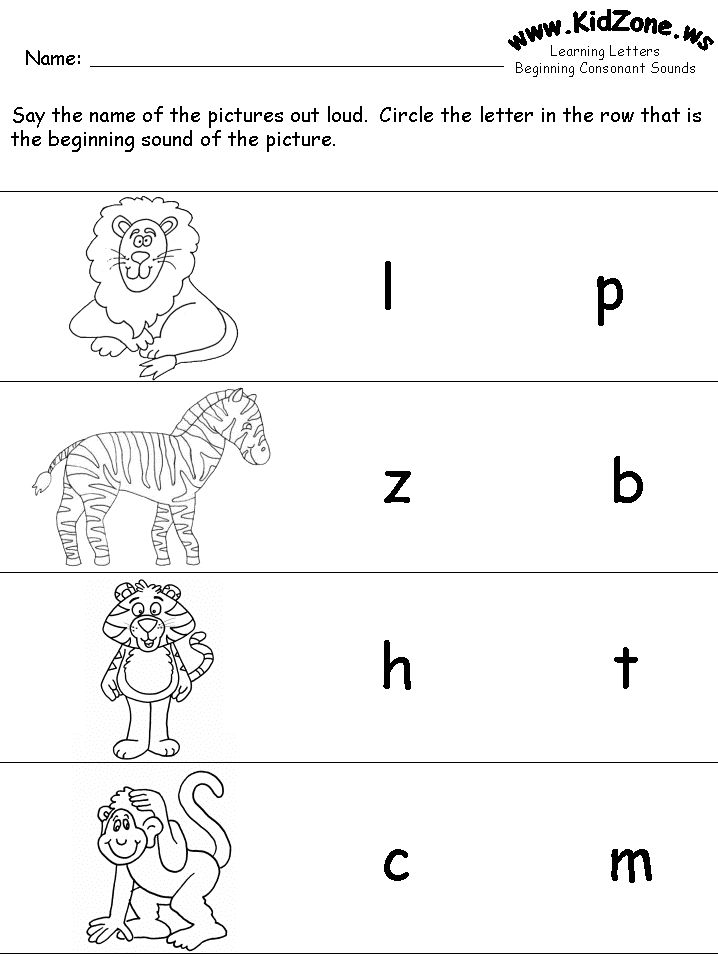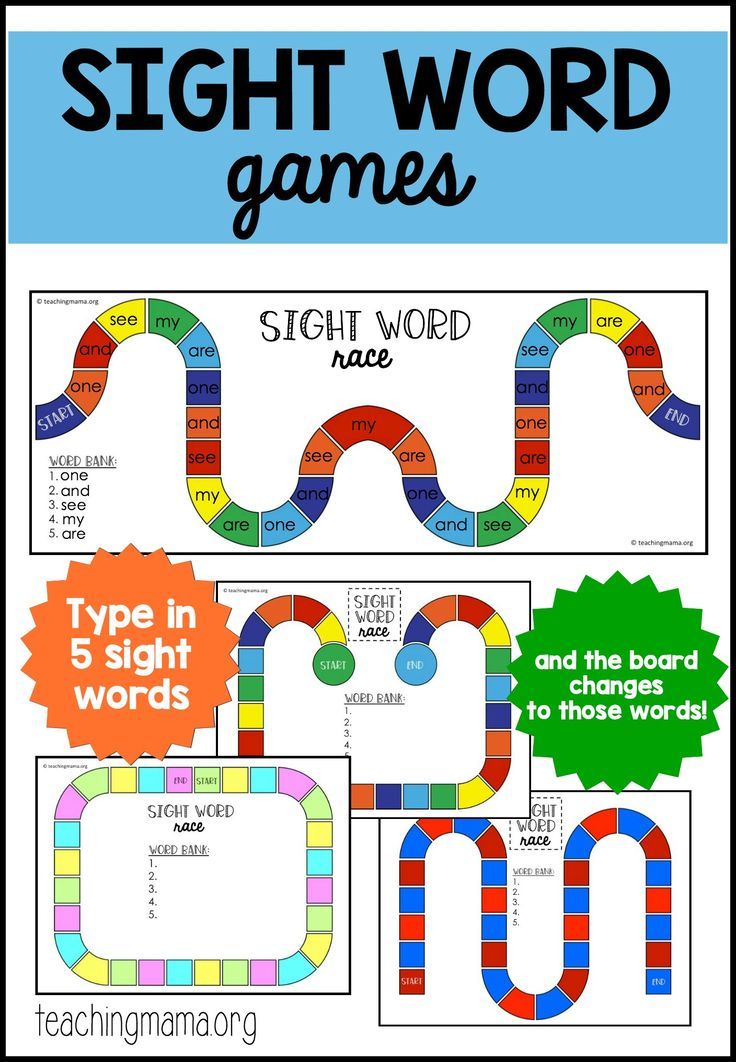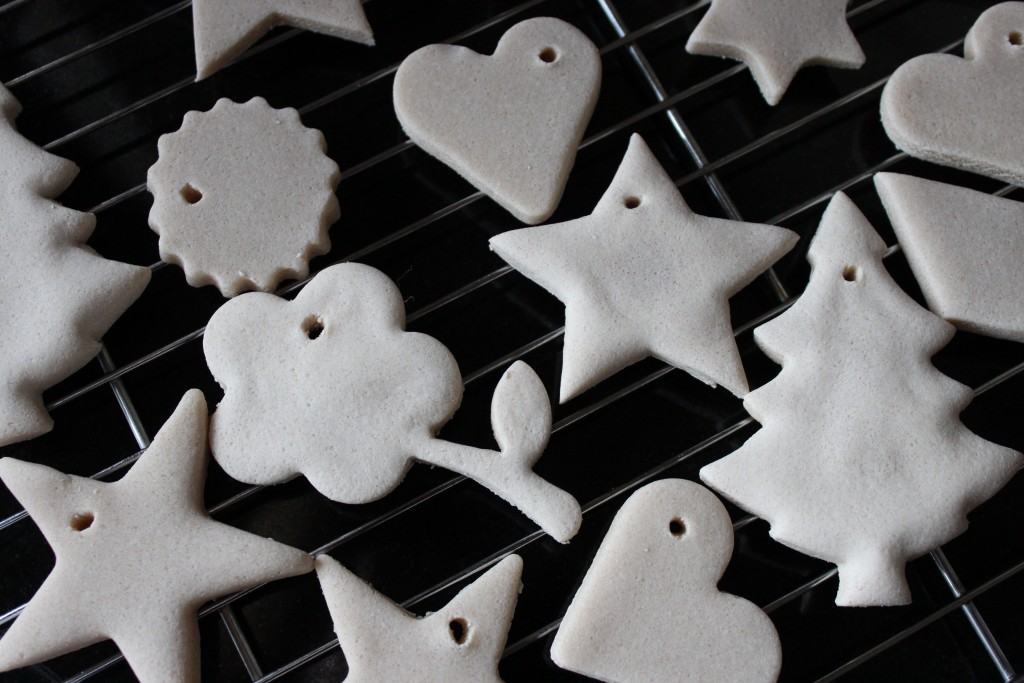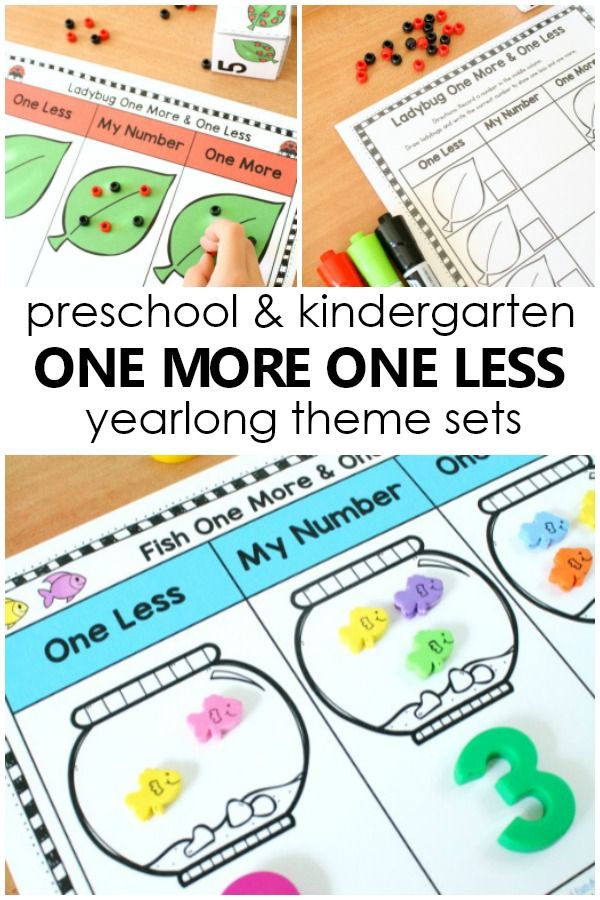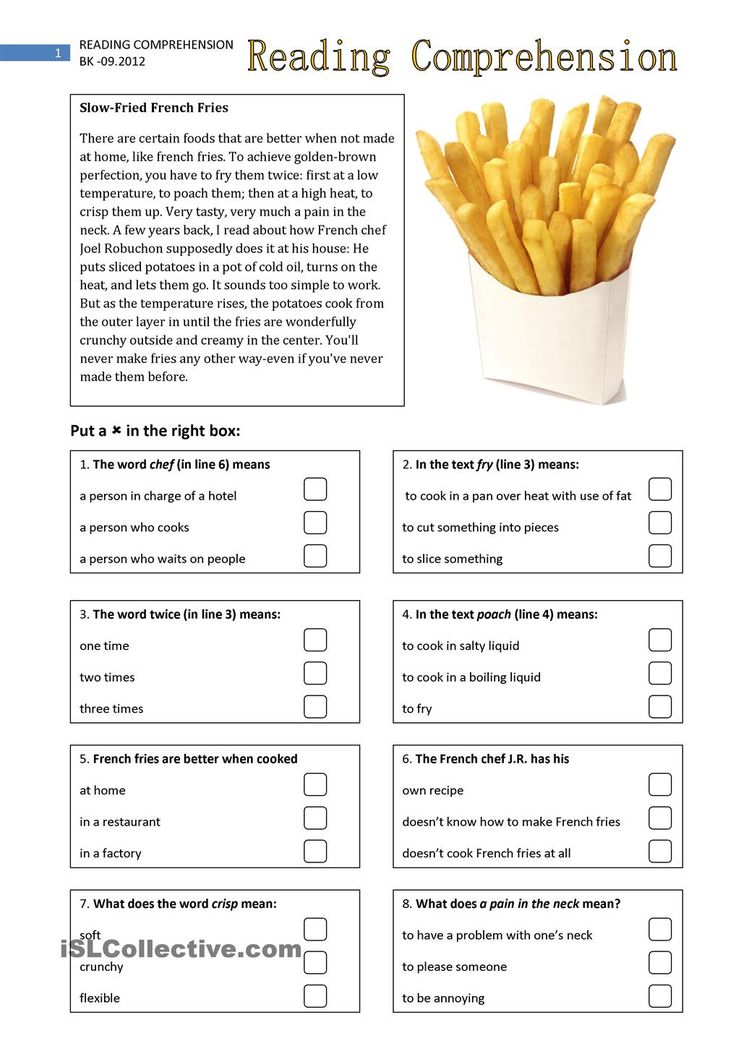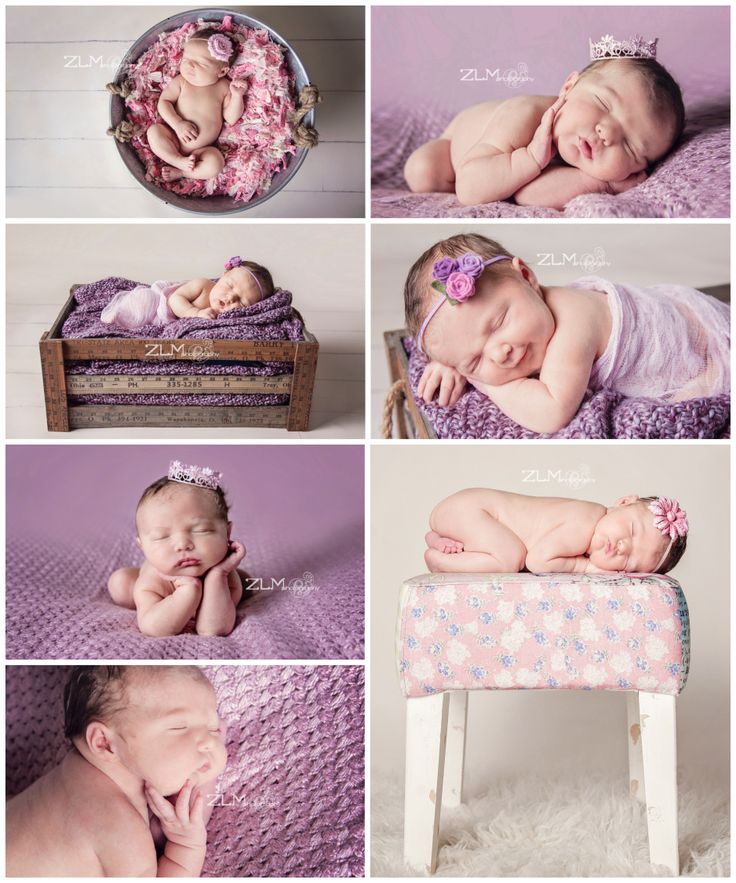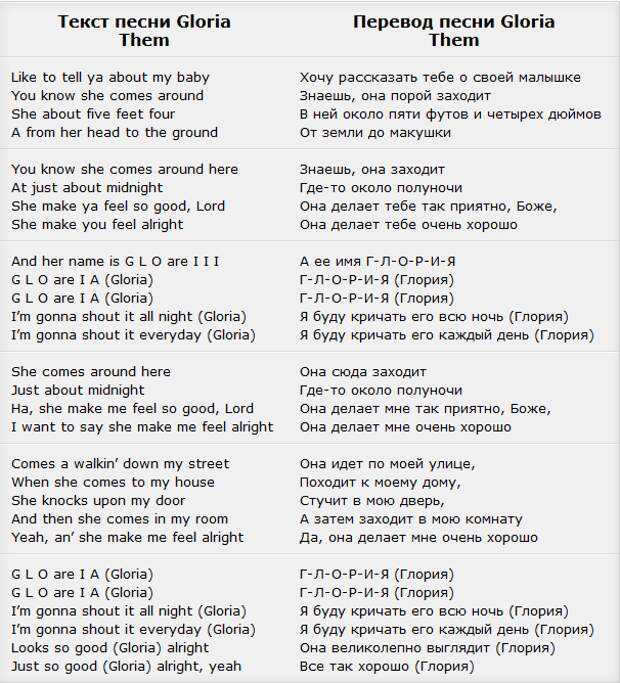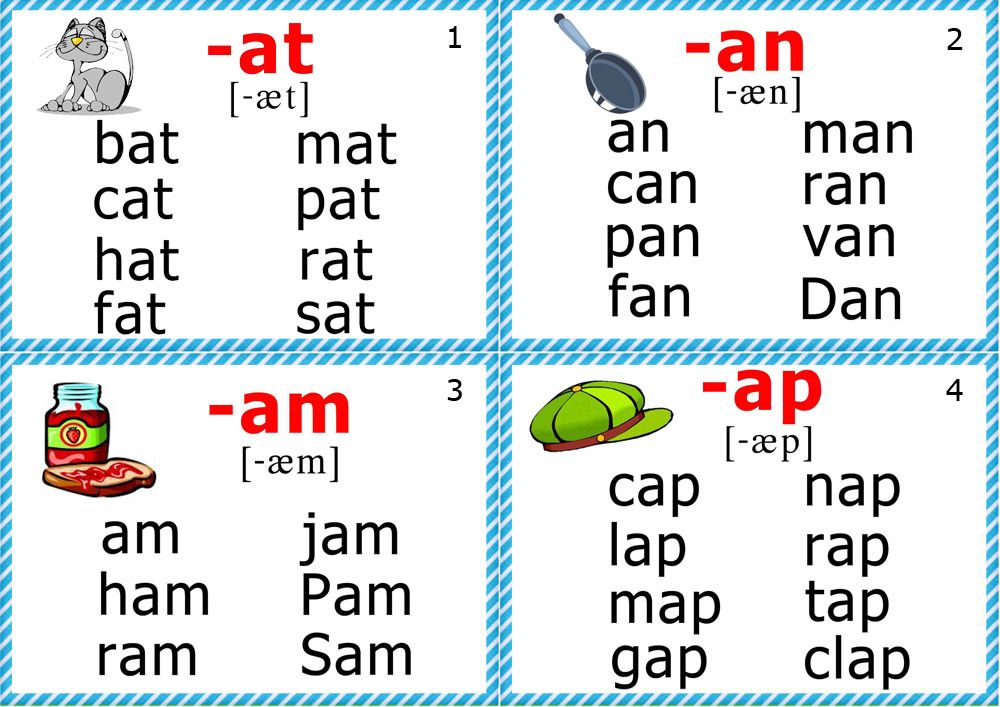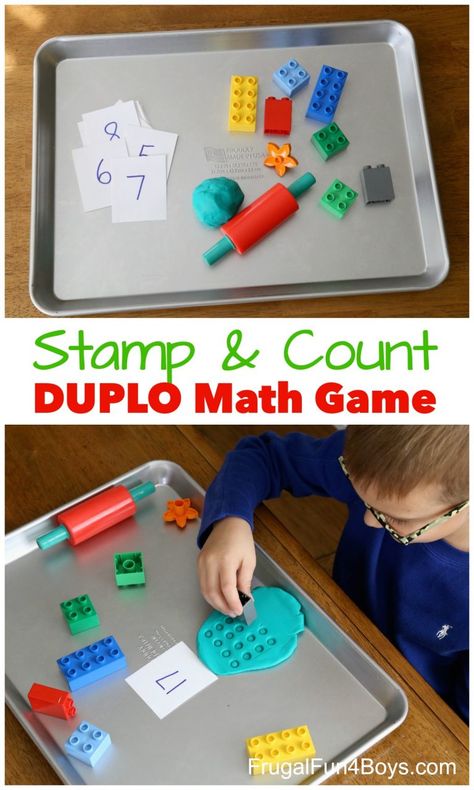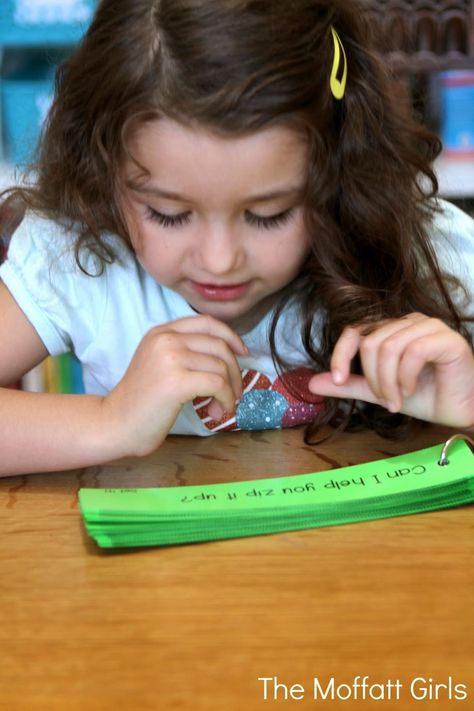Sound of letter for kindergarten
Beginning Sounds Activities for Kindergarten
Curriculum | Featured | Letters & Letter Sounds | Reading
When learning to read, there are many phonemic awareness and phonics skills students must master. Learning letter names, letter sounds, and beginning sounds is key in helping students quickly decode and read texts. To give your students the exposure and practice they need, check out these beginning sounds activities for kindergarten.
Why is it Important to Teach Beginning Sounds?
When teaching students to read, it’s important for them to understand that words are made up of letters and sounds. This knowledge helps them read and write more fluently.
Phonemic awareness and phonics skills are key in kindergarten. Phonemic awareness skills are when students understand that words are made up of various sounds. Phonics skills are what correlates the sound of a letter to the written letter itself.
Begin with teaching phonemic awareness skills so students learn to listen for and differentiate the sounds in words.
It can be tricky for students to hear the middle and ending sounds in words at first, which is why starting with beginning sounds is so effective.
Digital Beginning Sounds Activities
Since it’s important for students to first understand what beginning sounds are and learn to listen for them in words, you need a variety of beginning sounds activities for kindergarten for them to practice with.
A great way to engage your students is with interactive digital phonemic awareness activities like beginning sounds Boom Cards. These Boom Card decks give students a variety of opportunities to practice listening for the same beginning sounds in words.
Plus with audio directions, audio picture names, and the self-checking feature, your students will be able to work independently with success.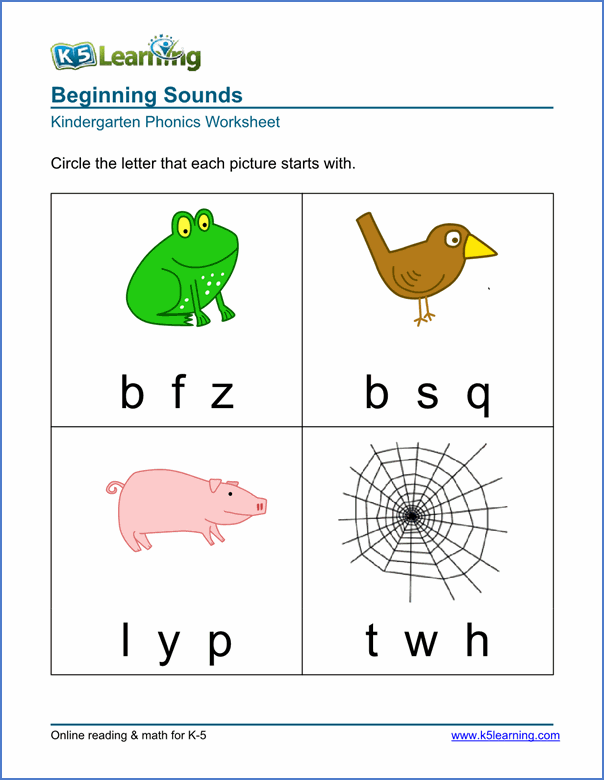
Hands-on Beginning Sounds Activities
Mastering beginning sounds takes a lot of practice and exposure. Therefore, you need a wide array of hands-on beginning sounds activities for kindergarten that your students can work with.
You can incorporate these hands-on activities into your morning tubs, literacy centers, or fast finisher activities. This is a great way to keep your students practicing their skills throughout the day.
Letter Sound Mats
One of my favorite ways to practice beginning sounds is with letter sound mats and magnetic letters. Students will say the picture name aloud, identify the beginning sound, and match the correct magnetic letter to the picture.
If you have a set of picture cards and magnetic letters, you can simply have students flip a card, identify the beginning sound, and match the letter.
Build the Sound Mats
Another great beginning sounds activity for kindergarten is build the sound mats. This activity allows students to identify the beginning sound in the picture and build the letter using manipulatives.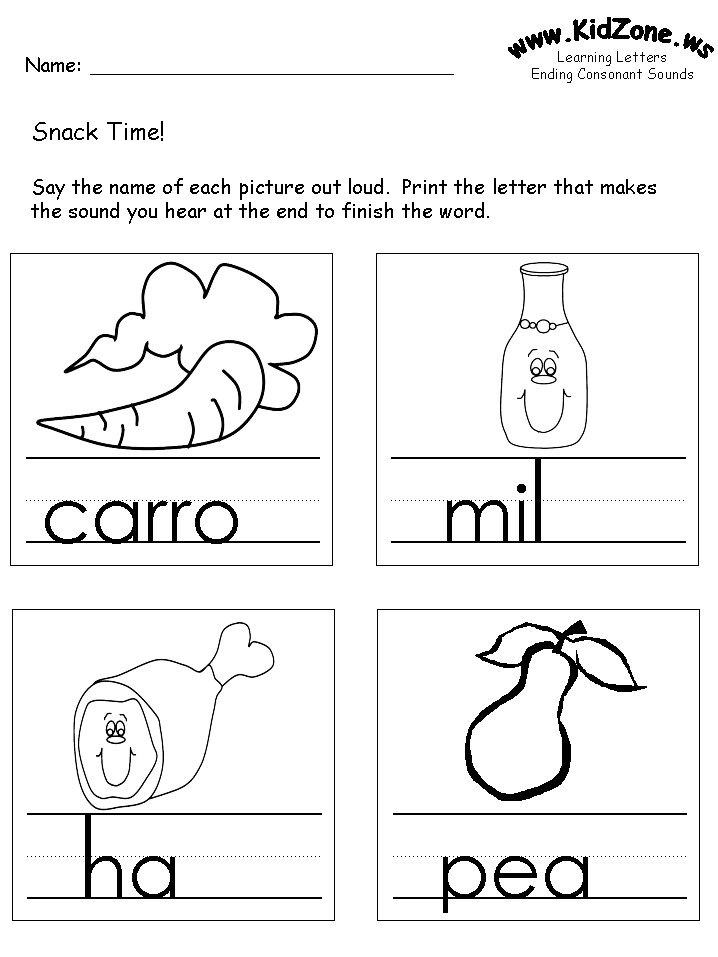
Students will get extra fine motor practice as they work on both phonemic awareness and phonics skills.
Beginning Sound Mazes
Another fun way to switch up the learning is to use beginning sound mazes with your students. As they cover the letters that make the focus sound on the mat, they’ll work their way through the maze.
This makes learning feel like a game for students, which is a sure way to keep them on task, engaged, and motivated.
If you loved these hands-on beginning sounds activities for kindergarten, you can grab them all plus more in my Beginning Sounds and Letter Sounds Bundle!
No Prep Beginning Sounds Activities
While using digital and hands-on beginning sounds activities is key, it’s also nice to keep a good stash of no prep activities on hand.
Add these no prep beginning sounds activities to your morning work, independent literacy stations, or keep them in a sub tub. They also make great time filler activities if you have a few minutes between activities.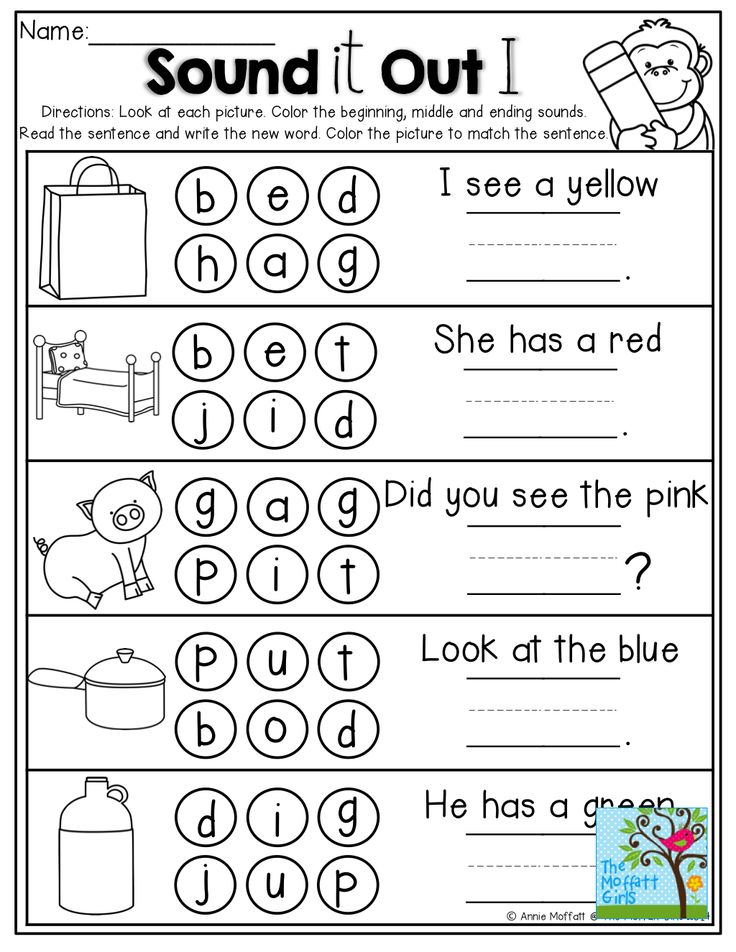
If you need a quick way to assess your students on beginning sounds, you can use these no prep activities as an informal assessment as well.
How to Assess Your Students on Beginning Sounds
As your students learn and grow their beginning sounds skills, you want to assess them frequently. This allows you to see which beginning sounds they are mastering and which sounds they need help with.
Using beginning sounds picture cards and a checklist is a great way to gauge your students’ understanding. You can monitor students quarterly, monthly, or every 2 weeks if they need more support.
Beginning Sounds Assessment Freebie
To make assessing your students on beginning sounds and letter sounds easy, I created an assessment freebie for you.
This freebie includes a beginning sounds assessment checklist and beginning sounds pictures. There is also a letter sounds assessment page and checklist to help you assess your students’ uppercase and lowercase letter sound recognition.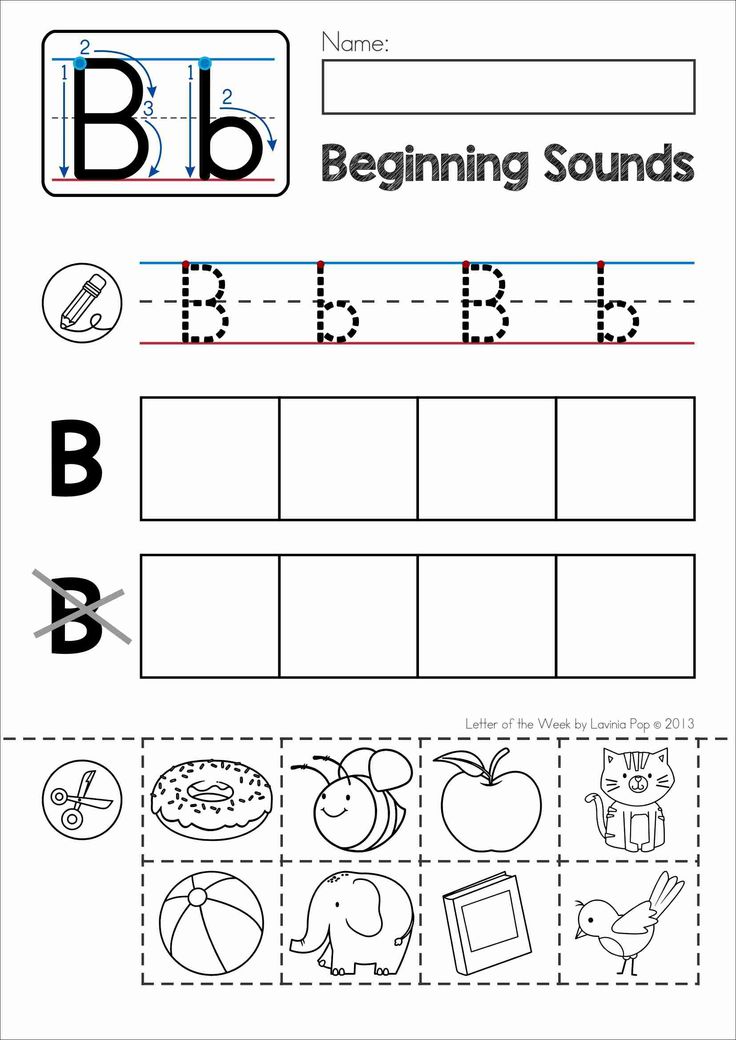
You can fill out the form below to get the beginning sounds and letter sounds assessment freebie sent directly to your inbox!
I hope these beginning sounds activities and assessments for kindergarten make learning more fun and effective in your classroom!
Post Tags: #beginning sounds#Freebies#letter sounds#literacy#literacy centers#reading
Similar Posts
Learning Letter Sounds
[Home] [Back] [Consonants Introduction] [Consonant Concepts] [Consonant - Order of Presentation] [General Consonant Activities] [Printable Activity Pages] [Itsy Bitsy Books] [Review Worksheets - Mixed Letters]
These worksheets include review sheets for Beginning Consonant Sounds and Ending Consonant Sounds. They were developed with Preschool and Kindergarten children in mind. They provide letter recognition, phonics and printing practice.
All children develop as individuals.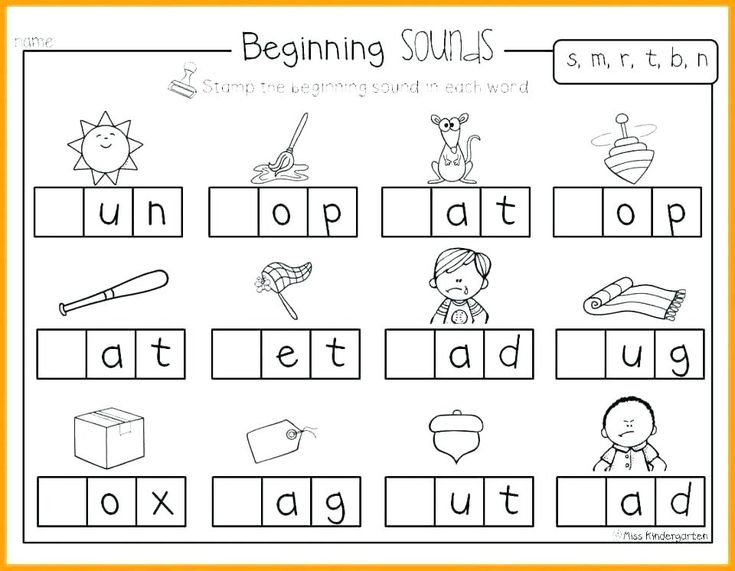 Parents and caregivers should use
the grade level ratings as a general guideline, taking the abilities, temperament and
interests of their children into account
Parents and caregivers should use
the grade level ratings as a general guideline, taking the abilities, temperament and
interests of their children into account
Beginning Consonants: Which letter does the picture start with?
| Farm Theme | Jungle Theme | Ocean Theme | Autumn Theme | Spring Theme |
Beginning Consonants: Print the letter the pictures start with the letter sound.
| Beginning Consonants Print the Letters 1 |
Beginning Consonants Print the Letters 2 |
Snack Time Print the Letters 3 |
Visit to the Zoo Print the Letters 4 |
|
| nutrition/food Print the Letters 5 |
furniture Print the Letters 6 |
body parts Print the Letters 7 |
clothing Print the Letters 8 |
animals Print the Letters 9 |
Ending Consonants: Which letter does the picture end with?
| Farm Theme | Jungle Theme | Ocean Theme | Summer Theme | Winter Theme |
Ending Consonants: Print the letter the pictures start with the letter sound
| Ending Consonants Print the Letters 1 |
Ending Consonants Print the Letters 2 |
Snack Time Print the Letters 3 |
Visit to the Zoo Print the Letters 4 |
|
| nutrition Print the Letters 5 |
ocean Print the Letters 6 |
animals Print the Letters 7 |
clothing Print the Letters 8 |
furniture Print the Letters 9 |
Visit DLTK's
Alphabuddies for printable crafts, coloring pages, felt board templates,
tracer pages and poems to supplement these letter recognition worksheets.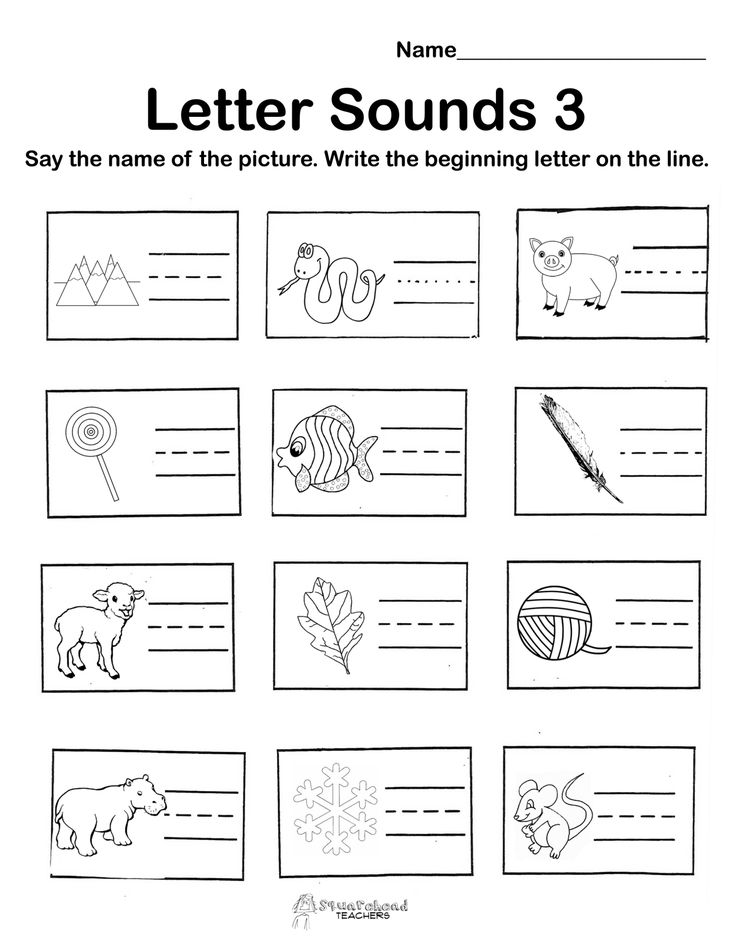
Fundamentals of literacy and writing. Topic: “Sound. Its meaning in the phrase Kindergarten | Plan-outline of the lesson on teaching literacy (senior group) on the topic:
No. 4
Plan for conducting organized learning activities
for the senior group No. 4
Otpelі takyryp / Cross-cutting topic: “Kindergarten”
Takyrypsha / Sub-topic: “My kindergarten”
Күні / Date:
Bilim beru salas / Educational areas: Communication
Bolim / Section: Basics of literacy and writing
Takyryby / Subject: “Sound. Its meaning in the phrase Kindergarten.
Maқsaty/Goal: to teach children to hear different sounds in words; develop the ability to add a missing sound in a word: the ability to pronounce sounds, give them a description; bring up ; perseverance.
Bilingual component: сөз – word – word, dybys – sound – sound.
Course progress:
V. Guys. Let's all take hands. This is our circle of joy. Look at each other: Smile at each other. Rejoice each other, share a good mood with your friends!
This is our circle of joy. Look at each other: Smile at each other. Rejoice each other, share a good mood with your friends!
I turn to you, friend!
Get up and join us soon. Feel the joy and warmth,
We all feel good with friends!
E. Children stand in a circle,
show joy:
Children repeat words.
The teacher introduces the new subject "Fundamentals of Literacy and Writing", tells what new children learn in the classroom and invites them to listen to the sounds of nature.
D. Show interest.
Children say what they have heard: the sound of rain, the singing of birds, the chirping of grasshoppers.
- These are the sounds of nature. And the words that we utter also sound.
1. Work with words
The teacher puts up pictures: a swallow, a sun, a beetle, an umbrella, a mouse, a car.
- Children, words are heard. Each word sounds differently, in its own way.
Listen to some words sound
affectionately (swallow, sun), others loudly (umbrella, beetle), others pronounce as if in a whisper (mouse, car).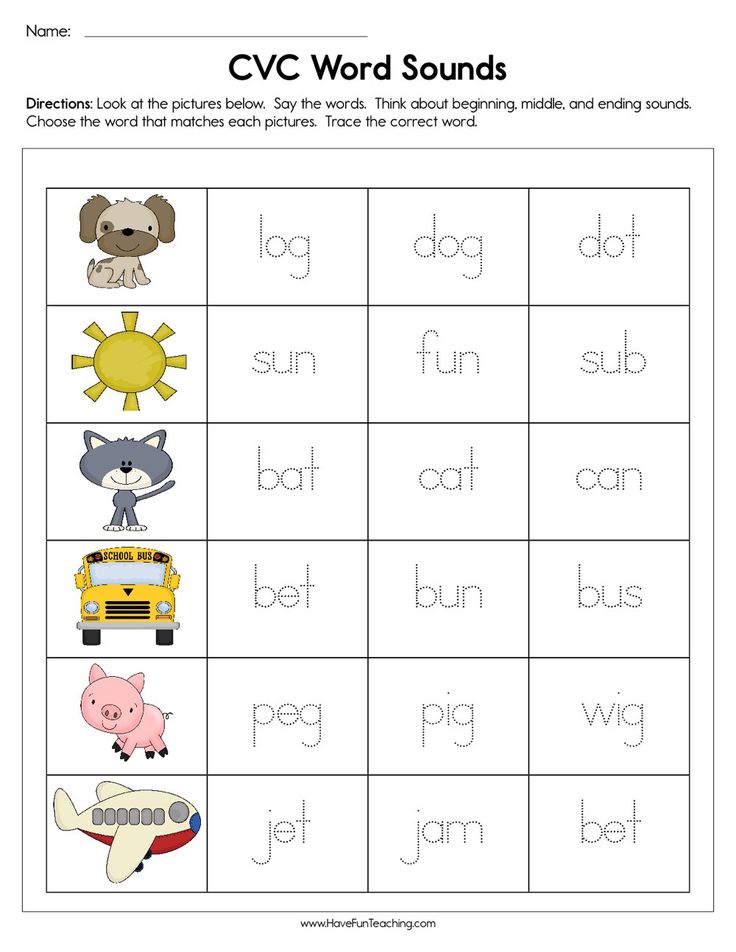
- Words sound because they have sounds. The sounds in the words are different: some we pronounce loudly and sonorously
others quietly and deafly.
Let's play with you.
Children pronounce the words three times: the first time with the teacher, the second and third time on their own.
Children show interest.
Repeat: Bug
Didactic exercise "Tell me how I am" (in a circle with a ball). The teacher invites the children to stand in a circle. The teacher himself stands in the center of the circle.
I will throw the ball and say any word. You must repeat it as I said and throw the ball back to me.
Example words: rruka, rreka, domme, wolf, sugar, sharr, circle, goose.
All children participate in the game.
D. f-f-f
Flight of the bumblebee.
Buzz-bug.
V. 2. Reading a fairy tale.
The teacher tells the tale "Turnip" and at the same time puts pictures on the flannelgraph.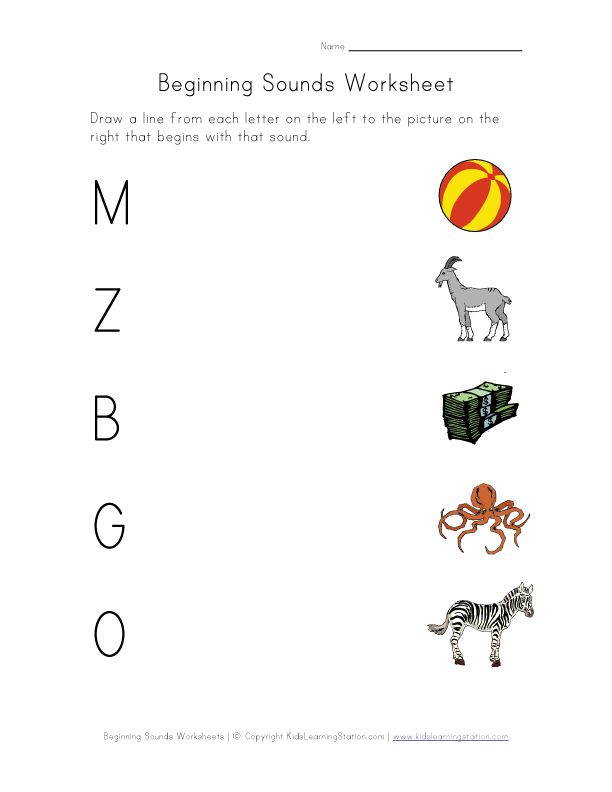
Cat.
Repeat: cat. Sh-sh-sh The noise of the wind, the hiss of the snake.
Cat.
3. Working with sound J.
Listen to me name all the pictures: turnip, grandfather, grandmother, granddaughter, Bug, cat, mouse.
-Now, I will say the word Beetle - Zhzhzhuchka in a different way.
Repeat this word. We pronounce the sound Zh for a long time. Let's all say this sound together.
Show interest, listen, understand, repeat.
E. Perform movements on the teacher's signal.
What does this sound remind you of?
That's right, the flight of a bumblebee, a beetle. Say the word Bug so that we can hear this sound well, like a bug buzzing in it.
D. Name the words.
Q. What does this sound remind you of?
That's right, the flight of a bumblebee, a beetle. Say the word Bug so that we can hear this sound well, like a bug buzzing in it.
E. Name the words.
4. Working with sound Ш.
Who came to the aid of the Bug in the fairy tale "Turnip"?
That's right, cat. Listen to how I say the word cat in a different way. Tell me how.
In the word cat we pronounce for a long time
pronounce the sound sh. Let's all say this sound together.
What does this sound remind you of? That's right, the rustle of leaves, the hiss of a snake, the sound of the wind. Say the word cat so that we can hear this sound well, how the wind rustles in it.
Physical education minute:
The wind gently shakes the maple,
Tilts to the right, to the left.
The wind is higher, higher, higher,
The tree is lower and lower.
5. Working with sounds. Didactic exercise "Name the first sound."
Children sit at tables.
Educator:
I will throw the ball and pronounce the first sound in the word, highlighting it with my voice. You will have to repeat it so that we can hear it and throw the ball back to me.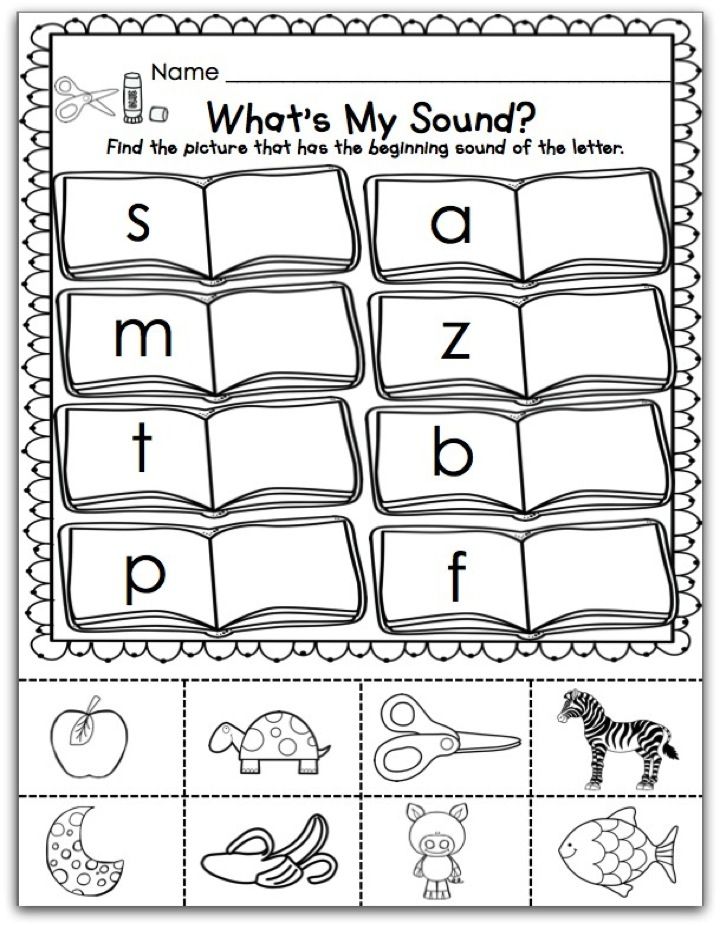 Sample words: bbelka (b), vvolk (c), domm (m), zhzhuk (zh), zzima (z), hchasy (h), etc.
Sample words: bbelka (b), vvolk (c), domm (m), zhzhuk (zh), zzima (z), hchasy (h), etc.
E. Correcting errors.
Didactic game "What sound is lost".
The teacher shows subject pictures.
I will say the words, skipping the sound, and you have to add the sound that I missed.
"One hundred...". Children look at the picture, correct the teacher and pronounce the word with the emphasis on the lost sound - Table (l). Exemplary words! romshsha(r), flower(c), bread(b), cucumber(c), etc. Finger gymnastics "Salutiki"
Strongly we squeeze our fingers,
And then we'll open them.
One-two, one-two,
Things are going well.
E. Perform work in accordance with the task.
- What are words made of?
- What are the sounds in words?
What can sounds remind you of?
D. From sounds.
Loud and quiet.
Sounds of objects and nature.
Games and exercises with sounds and words.
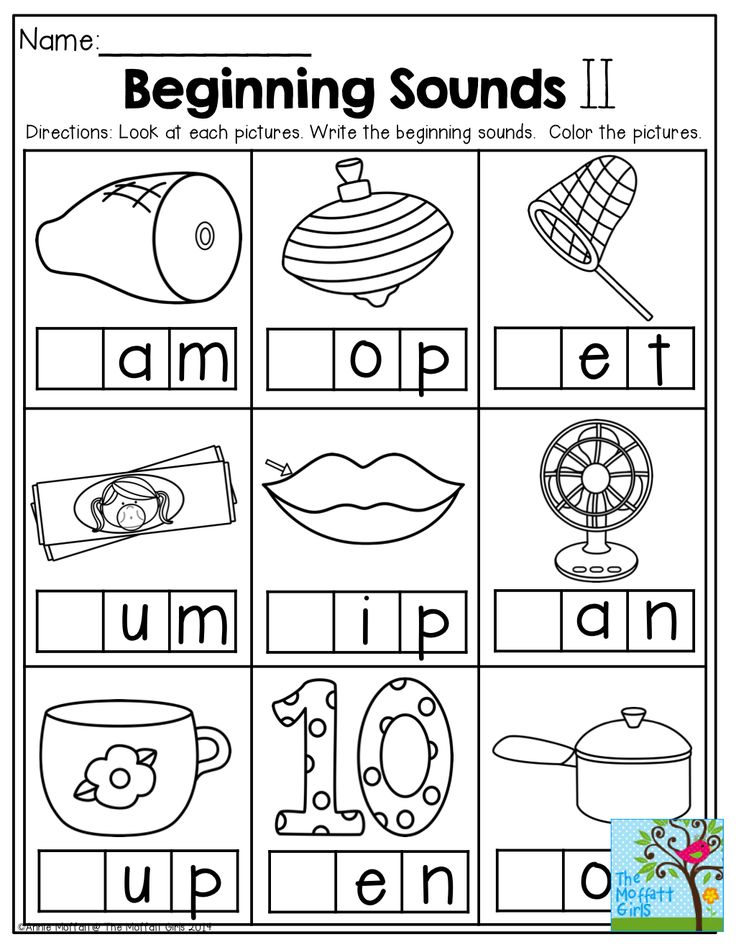
A person's ability to hear any sounds is called phonemic perception. Phonemic hearing is the basis for understanding the meaning of what is said. After all, replacing even one sound in a word, we can get a completely different meaning: “goat-spit”, “house-tom”, “barrel-kidney”. And now the goat is mowing the meadow, the scythe is nibbling the grass.
In the fifth year, sound analysis is formed - the ability to determine the sequence and number of sounds in a word. Only with the skills of analysis and synthesis, the child will be able to successfully master reading and writing.
If you have any concerns about your baby's phonemic awareness, the first step is to check your baby's physical hearing. After making sure that it is not reduced, you can proceed to the correction of phonemic perception.
I bring to your attention a system of games and exercises for the development of phonemic hearing. It is built on the principle from simple to complex. These games and exercises are quite affordable to perform at home.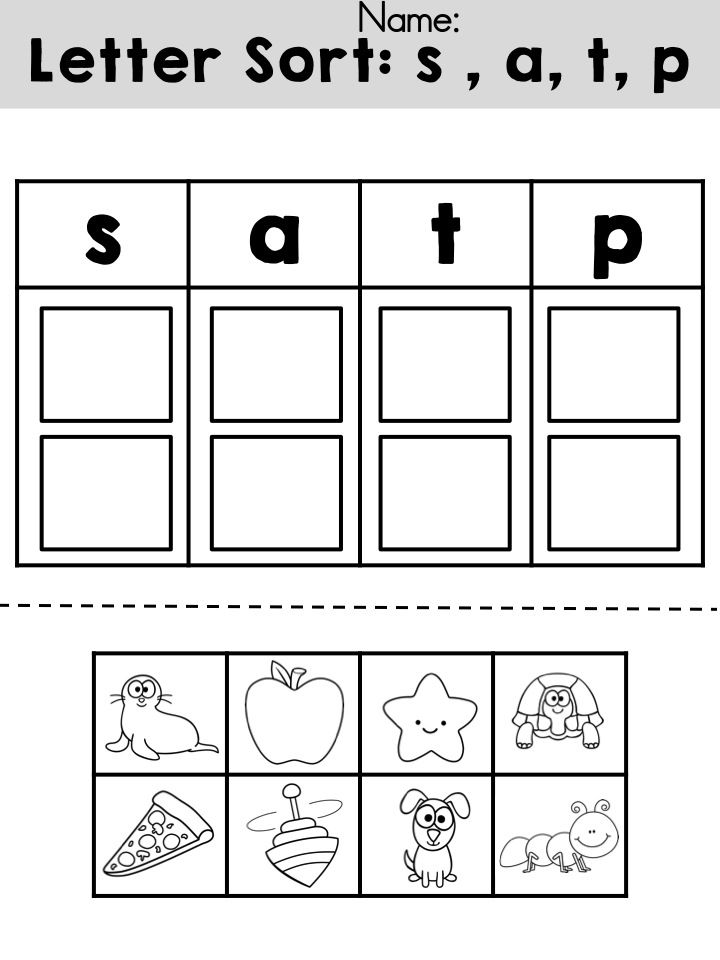
- Recognition of non-speech sounds.
Guess what sounded . Listen carefully with your child to the sound of water, the rustling of newspapers, the clink of spoons, the creak of a door, and other everyday sounds.
Game, "What musical instrument sounded?" The child is blindfolded and he must guess by the sound: a ringing bell, a tambourine, a pipe, a drum and other musical instruments.
- Distinguishing similar-sounding words.
Correct the mistakes game
Carp lives in the forest. A pheasant swims along the river.
The hare hid behind the barrel. Put the cucumbers in a bowl.
In winter we will put on slippers. We wear hats in the apartment.
We were given a delicious bathrobe for lunch. Alyonushka has a new salad.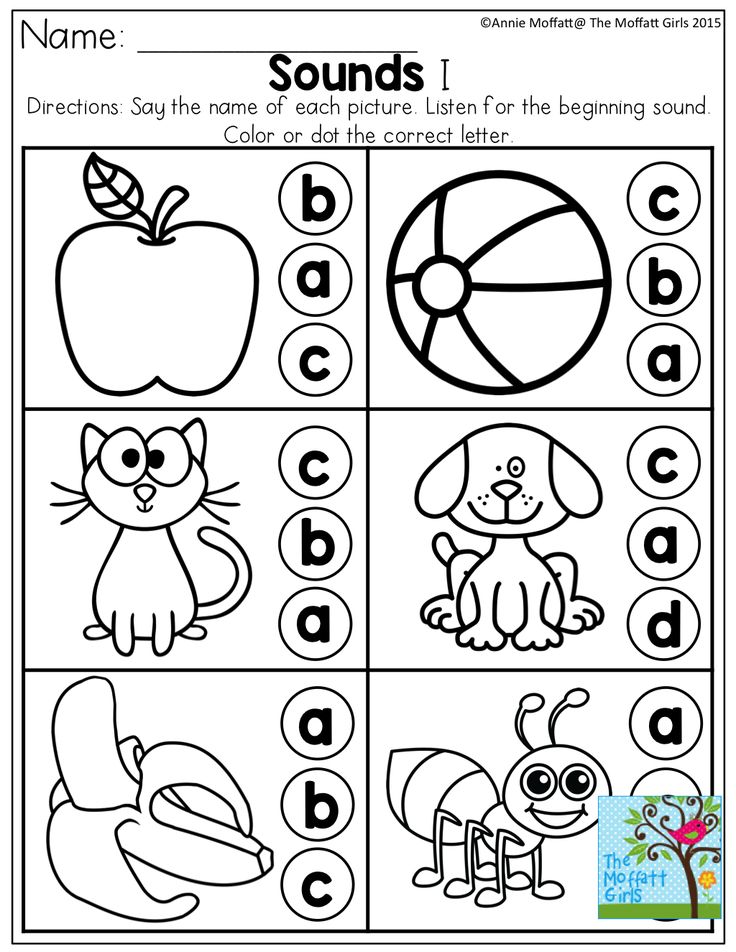
A polar cod was flying in the clouds. There was a seagull on the table.
- Discrimination of syllables.
Slap the word game. An adult explains to a child that there are short and long words. He pronounces them, intonation separating syllables. Together with the child, he pronounces the words: pa-pa, lo-pa-ta, ba-le-ri-na, slapping the syllables. A more difficult option is to invite the child to independently clap the number of syllables in the word.
- Sound discrimination.
Game: "What sound is missing in the word?"
- I wrote a letter to a bunny,
But I forgot to glue it. arches (brands). What sound is missing? (“Sound m”)
- To my youngest daughter Tosya
Mom braids. wasps (braids).
- They gave us toys:
They shot all day long.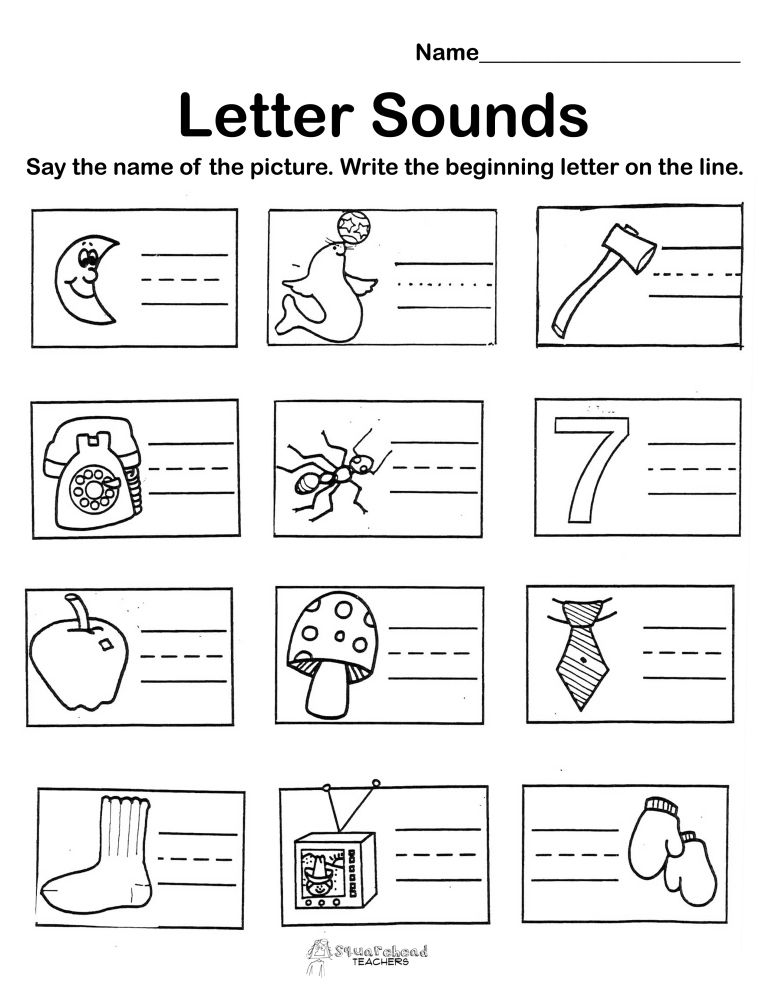 ears (guns).
ears (guns).
- The old k. from (mole, ) digs the earth
He lives underground.
- lives in the zoo with. he (elephant,
As if the house is huge.
- Mother doll balloon. (scarf) knitted,
Natasha helped her.
- Hair gray (wolf, hungry, angry,
Wanders through the forest in winter.
- It's dark for us. We ask dad
Let's turn it on brighter. pu (lamp).
- The chick jumped along the path
And he pecked at big k. oshki (crumbs).
- Mastering the skills of analysis and synthesis.
Game exercise "What sound is there in all words?"
An adult pronounces three or four words, each of which has one of the sounds being worked out: a fur coat, a cat, a mouse - and asks the children what sound is in all these words.